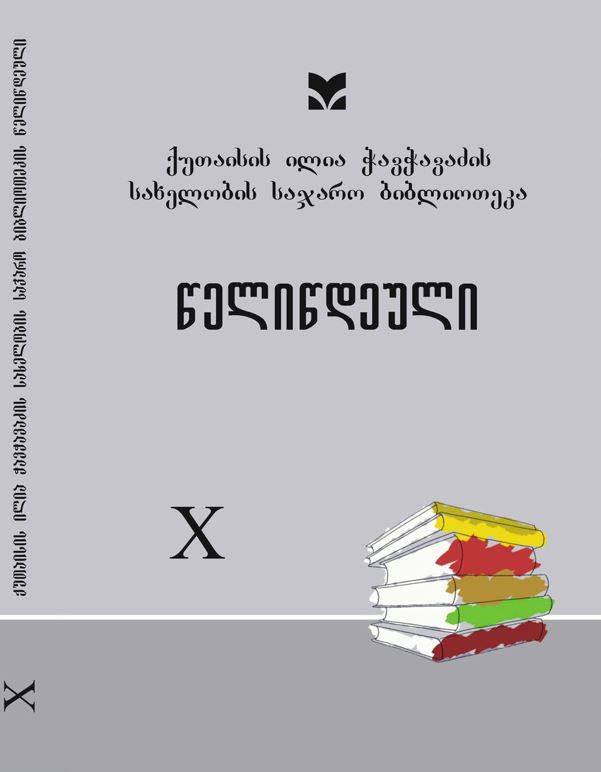Linguistic-paleographic Peculiarities Of Bagrati Cathedral Inscriptions
Abstract
From the 20th of the 7th century, Kutaisi is the capital together with TsikheGoji, from the 8th century it’s the capital of Egris-Abkhazeti. Bagrati Cathedral was built in this uprisal period, which is a distinguished monument worldwide. Bagrati cathedral inscriptions and epigraphic of Kutaisi surroundings in one of the clear pictures for describing that epoche, it is generally made with old Georgian graphics, as for the language it’s a mix of old and middle period Georgian (Asomtavruli and Nuskhuri).
Inscriptions, manuscripts, historical documents of X-XI have different structures. A close relationship with colloquial speech leads to establishing new lexical forms, which is vividly shown in the inscriptions of Bagrati Cathedral and its surroundings. The decomposition of Georgian orthographic tradition starts from this time, which is characteristic of the common Georgian language. Despite this, old Georgian letters retained in Georgian orthography for a long time. The same refers to the Bagrati Cathedral inscriptions. Three from the inscriptions of Bagrati Cathedral - building, denoting the date of the floor, and memorial inscription of Bagrat III belonged to the classical strength of Georgian epigraphics.
Inscriptions of Bagrati Cathedral gave new directions of the writing language development.




